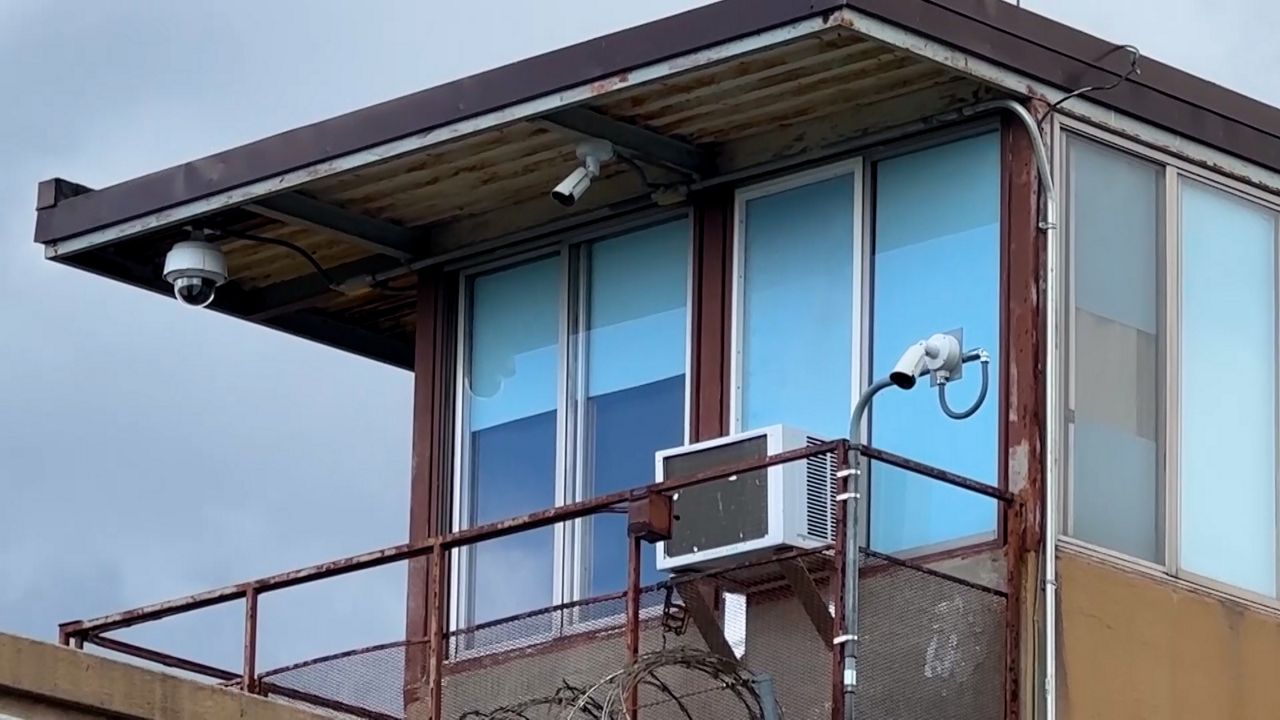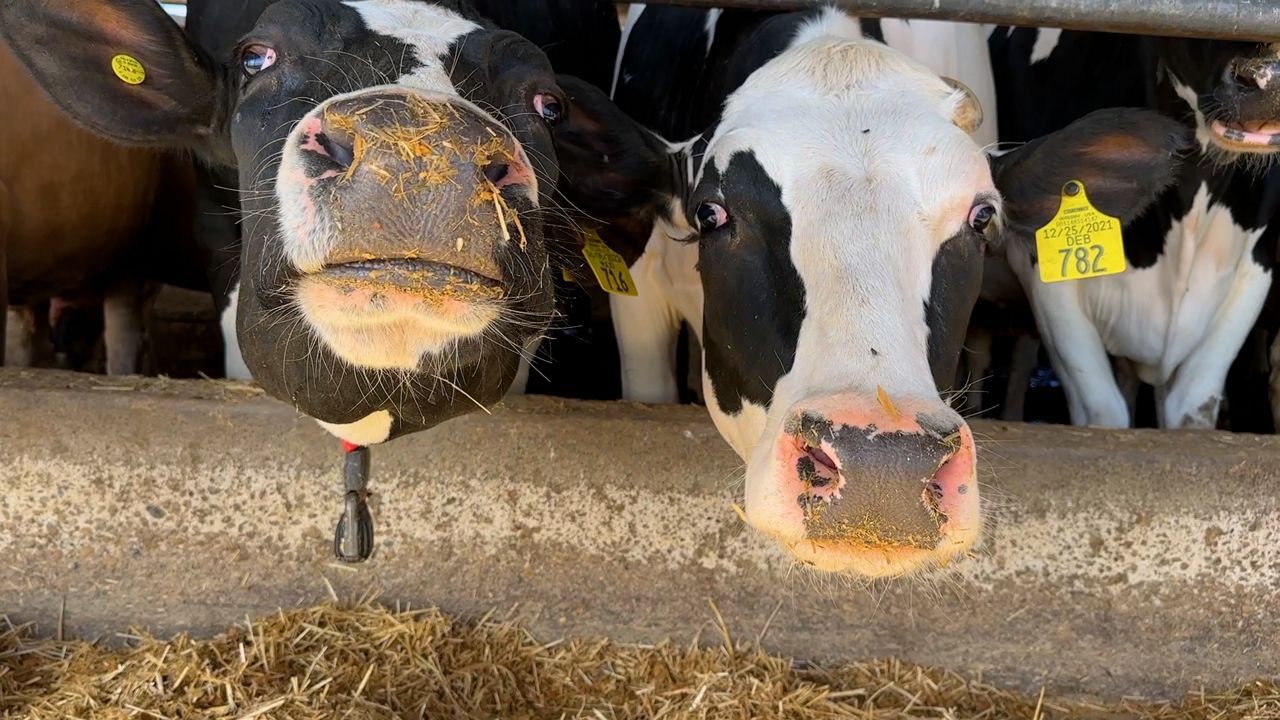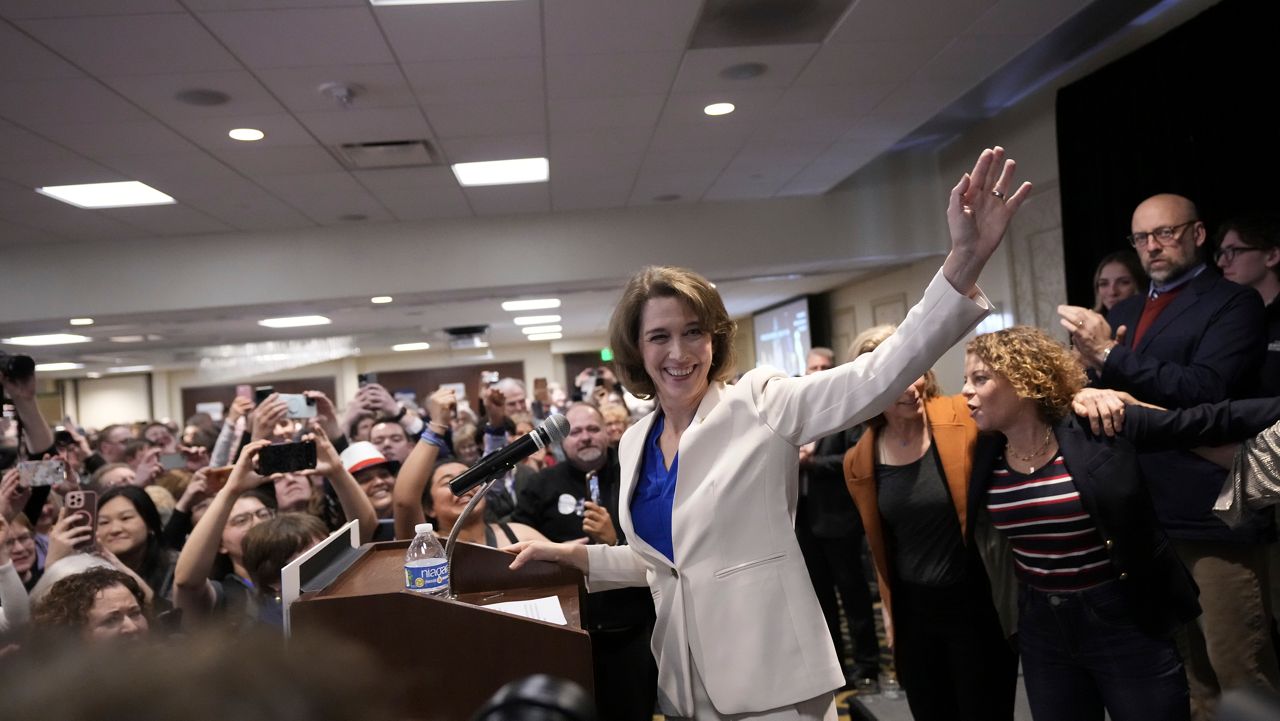MADISON, Wis. — As Gov. Tony Evers prepares to deliver his Biennial Budget Address on Tuesday, some sweeping reforms and facility upgrades to the state’s correctional facilities could be coming.
The goal is to reduce recidivism, cut costs for taxpayers, and support staff working in corrections.
When it comes to upgrading Wisconsin’s aging adult facilities specifically, the governor’s office is touting the investments as the safest, fastest, and cheapest option.
“For my plan to work, several crucial steps must happen, and they must happen together,” Gov. Evers told reporters during a press briefing held on Friday. “All these steps are interconnected, so this plan is contingent upon each of these steps happening in concert. They must happen in tandem.”
Among the biggest proposals are a full rehab and transformation of Waupun Correctional Institution (WCI) and the shutdown of Green Bay Correctional Institution (GBCI) in 2029 for $6.3 million. Both are aging facilities that were built in the 1800s.
So far, the push to close GBCI has been applauded by local officials, including Village of Allouez President Jim Rafter.
“There is finally a light at the end of the tunnel. I applaud Gov. Evers for putting forward an initial plan that includes a path to close Green Bay Correctional Institution. The bipartisan coalition of Republicans and Democrats pushing for closure continues to grow,” Rafter said. “While this is just the first step in the process, I am hopeful we can all come together and find a consensus to do what has needed to be done for years.”

One aspect the governor’s plan does not include is building a brand-new prison, though that has come up in recent conversations. With an estimated price tag of nearly $1.2 billion and an anticipated 10-year timeline, the governor said it would be too costly to taxpayers.
“And we’ll save Wisconsin taxpayers about a billion dollars right up front by not building a new facility that won’t help us anytime soon because it won’t be done for another decade,” Gov. Evers added.
Instead, Gov. Evers will propose investing roughly $325 million to fix up aging adult facilities across the state. The so-called “domino” series of projects would include:
- $130.7 million to finish construction of a planned Dane County Type 1 facility for youth to finally close the Lincoln Hills and Copper Lake schools in Irma
- $9 million to then convert Lincoln Hills and Copper Lake into a 500-bed medium-security institution for men
- $8.8 million to turn Stanley Correctional Institution into a maximum-security facility that could “flex” to a medium-custody institution
- $56.3 million to expand capacity at the Sanger B. Powers Correctional Center in Hobart by adding 200 minimum-security beds and renovating the kitchen
- There would be no cost to add 300 women’s beds by converting the John Burke Correctional Center (JBCC) in Waupun to a female institution
Under the proposed plan, $245.3 million would be spent to demolish the existing cell halls at WCI and convert them into a state-of-the-art, medium-security facility housing 600 individuals. The institution would also be designated as Wisconsin’s first “vocational village” to offer skills training programs aimed at helping incarcerated individuals return to the workforce when they have completed their sentences, based on models in other states, including Louisiana and Missouri. The objective of the program is to lower the risk of reoffending.

“This is a true win-win for Wisconsin as these individuals, if we give them support and if the public gives them a chance, can be a significant part of the solution to the skilled labor shortages in the state,” Wisconsin Dept. of Corrections Secretary Jared Hoy said.
For those major renovations to happen, WCI would have to close temporarily and reopen in 2031.
Right now, Wisconsin has the capacity to house 17,638 individuals at correctional institutions. The current population, as of Feb. 7, 2025, was 23,074. By the end of the current biennium, the total is expected to reach 24,000.
Based on concepts he said Republicans have supported in the past, Gov. Evers also wants to expand the Earned Release Program (ERP) for non-violent offenders who are within 48 months of completing their sentences. At the end of 2024, the waitlist for such educational, vocational readiness, and treatment programs was at nearly 12,000 individuals. Under the existing ERP, suitability criteria estimate more than 1,000 individuals who would be eligible.
“Let me be real clear; we’re not going to be getting any softer on sentencing violent and dangerous criminals,” Gov. Evers told reporters.
The governor will also call for more money to increase access to substance use disorder treatment with the hopes of reducing recidivism, as almost 60% of Wisconsin prison admissions, at least initially, happen due to a community supervision revocation primarily related to substance misuse, per the state’s Dept. of Corrections.
“About 90% of the people incarcerated will be released back into our communities after they have completed their sentences, so we must reduce the likelihood that people will commit another when they are out in our communities,” Gov. Evers added.
According to the governor’s office, expanding access to basic services could help more than 2,500 additional individuals over the span of the two-year budget, which could save taxpayers an estimated $40,000 per person every year upon their release.
“What’s so exciting about the vision Gov. Evers’ has just laid out is that it is a comprehensive and cohesive plan to address longstanding issues within our correctional system while investing taxpayer dollars wisely,” Secretary Hoy said.
In total, the governor’s plan comes in at a cost of more than $500 million, with additional capital investments in youth facilities and funds meant to help stabilize the state’s overall prison population.
The biggest challenge to the all-or-nothing proposal, however, will undoubtedly be passage through the Republican-controlled legislature.
“I’m glad that Gov. Evers has finally recognized a portion of what Republicans have been saying for 7 years – that Green Bay Correctional must be closed. It is unsafe for inmates, staff, and the community,” State Sen. Van Wanggaard, R-Racine, said in a statement. “At the same time, his stubborn refusal to close Lincoln Hills is mind-boggling. In a few short months, there will be enough beds available statewide to close Lincoln Hills. The fact that he keeps trying to keep it open, 7 years after the Legislature unanimously tried to close it makes no sense.”
Wanggaard, who serves as chair of the Senate Committee on Judiciary and Public Safety, said “The devil is in the details.”
“I’m not sure his numbers add up, both in terms of costs and numbers of inmates. If he thinks the Legislature will rubber-stamp his ideas and let a bunch of felons out of prison, he hasn’t learned anything. He cannot continue his “my way or the highway” approach to governing, but if he’s willing to have an honest dialogue, I’m willing to work with him,” Wanggaard added.












